This is all about Shibata Castle Ruins you want to know.
Every information you get on this site will be from a credible source based on Japanese history (books for reference).
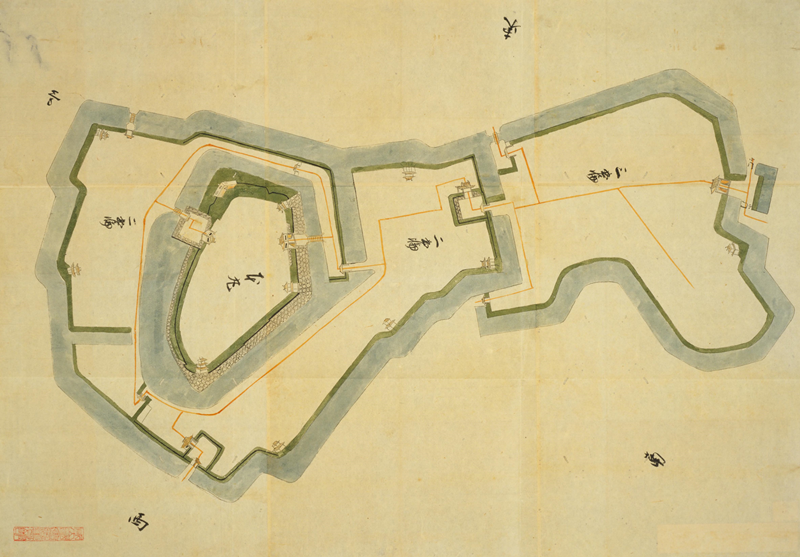
Collected by the Inagaki family, the Toba Daimyō from the mid-Edo period to the Meiji Restoration, as materials for military studies. There are about 350 illustrations, but there is no uniformity because only illustrations of castles, illustrations including castle towns, and old battlefield illustrations are mixed.
Another typical example of a castle picture in the Edo period is "The Shōhō Shiroezu", picture of the castle and castle town that the Edo Shogunate ordered the daimyō to create and submit,aggregating military information such as the buildings inside the castle, the height of the stone wall, the width of the moat and the water depth, etc., it also details the location and shape of the castle town and the mountain river.
Profile : Shibata Castle Ruins
| Location | Shibata City, Niigata Prefecture |
| Also known as | Ayame Castle |
| Type of castle | Flatland |
| Mountain's name | ー |
| Elevation | ー |
| Condition | Reconstructed main keep |
| Year built | 1597 |
| Designation | National Important Cultural Properties |
| Abolished | 1873 |
| Castle lord | Mizoguchi Hidekatsu |
| Refurbishment lord | ー |
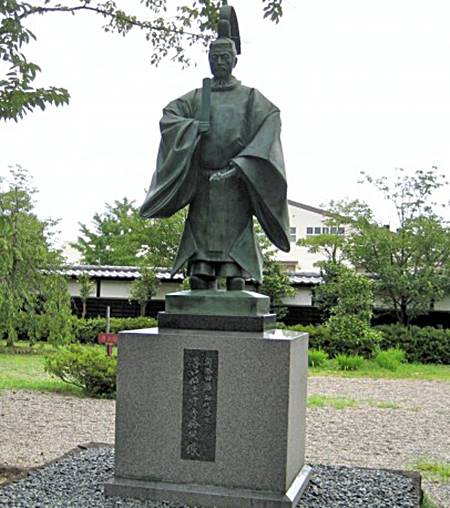

The family crest was originally created from the pattern that the emperor and the royal family put on the kimono, and the pattern was made into a fixed pattern, and the one attached to his own oxcart is said to be the beginning of the family crest. The warlords drew large crests on the flag-fingers, used to distinguish enemy views on the battlefield, and used by the generals to determine which warlords were active and how much.
Shibata Castle admission
admission fee : Free
admission time :
(April 1- October31) : am9-pm5
(November 1-November 30) : am9-pm4:30
closing period : during winter (December 1 - March 31) reference official site
Shibata Castle Google Map
Shibata Castle Images

Double and third floor Yagura built in the northwest corner of Honmaru is the largest building in the castle. It was a real main keep. Looking nationwide, It is unusual and very characteristic to have three killer whales on the top floor roof.
Because it is in the SDF garrison, cannot enter the castle now.

A double on the second floor type built in the southeast of the Honmaru , restored with a wooden structure together with the Sangai Yagura.
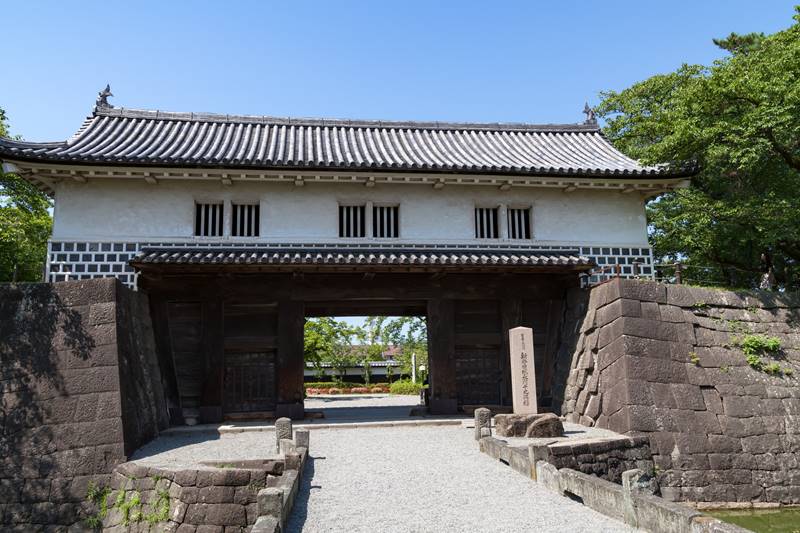
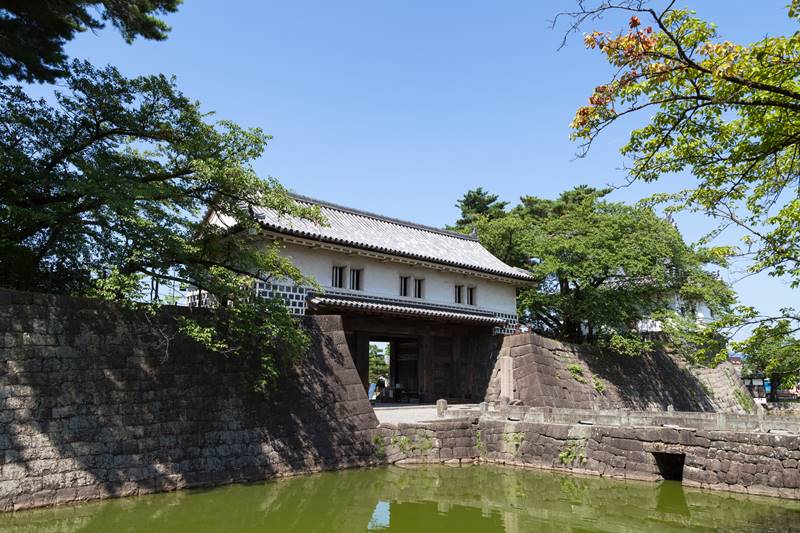


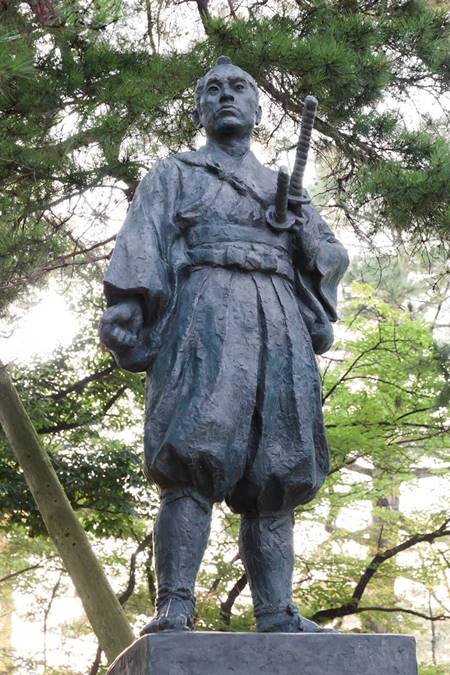
Yasubei was from the Mibataguchi family of the Shibata clan, born as the eldest son of a vassal, very famous samurai who excelled in martial arts and defeated Kira's house as one of the 47 samurais of Akō.
